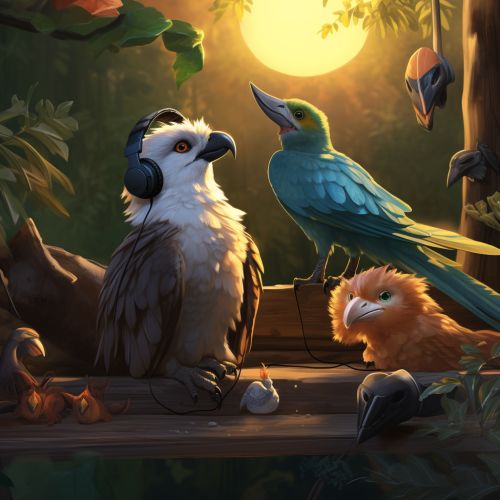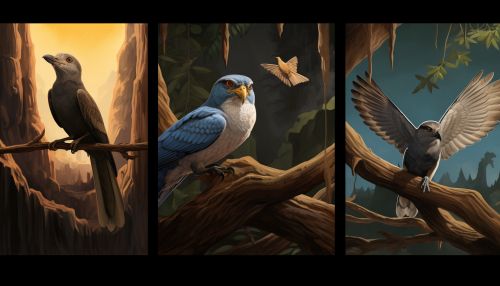The Science of Animal Sensory Adaptations and Evolution
Introduction
Animal sensory adaptations are fascinating evolutionary developments that allow species to thrive in their specific environments. These adaptations, which include changes in vision, hearing, smell, taste, and touch, are the result of millions of years of evolutionary processes, and they continue to evolve in response to environmental changes.


Vision
Evolution of Vision
The evolution of vision in animals is a complex process that has resulted in a wide range of visual capabilities. The most primitive animals, such as sponges and jellyfish, have simple light-sensitive cells called photoreceptors. Over time, these photoreceptors have evolved into more complex structures, such as the compound eyes of insects and the camera-like eyes of vertebrates.
Adaptations in Vision
Different animals have evolved unique visual adaptations to suit their environments. For instance, nocturnal animals like owls and bats have larger eyes and more rod cells in their retinas, allowing them to see better in low light conditions. Aquatic animals like fish and dolphins have eyes adapted to see clearly underwater, while birds of prey like eagles and hawks have incredibly sharp vision to spot prey from great distances.
Hearing
Evolution of Hearing
The evolution of hearing in animals is also a complex process. The most primitive form of hearing is likely the detection of vibrations in the environment, a sense that is still present in many animals today. Over time, this basic sense has evolved into the ability to detect and interpret a wide range of sounds.
Adaptations in Hearing
Different animals have evolved unique auditory adaptations to suit their environments. For instance, bats and dolphins have developed echolocation, a method of locating objects by emitting sounds and listening for the echoes. Elephants and whales, on the other hand, communicate using infrasound, a type of sound that is below the range of human hearing.
Smell and Taste
Evolution of Smell and Taste
The evolution of smell and taste in animals is closely linked, as both senses involve the detection of chemical signals in the environment. The most primitive form of these senses is likely the ability to detect chemicals in the water, a sense that is still present in many aquatic animals today.
Adaptations in Smell and Taste
Different animals have evolved unique olfactory and gustatory adaptations to suit their environments. For instance, dogs and bears have an incredibly keen sense of smell, which they use for tracking prey and finding food. Birds, on the other hand, have a relatively poor sense of smell but a highly developed sense of taste.
Touch
Evolution of Touch
The evolution of touch in animals is a complex process that involves the development of a wide range of tactile receptors. The most primitive form of touch is likely the detection of pressure or vibration, a sense that is still present in many animals today.
Adaptations in Touch
Different animals have evolved unique tactile adaptations to suit their environments. For instance, cats and rats have highly sensitive whiskers that they use for navigation and detecting prey. Spiders and insects, on the other hand, have tiny hairs on their bodies that can detect air currents and vibrations.
Conclusion
The science of animal sensory adaptations and evolution is a fascinating field that continues to reveal new insights into the incredible diversity of life on Earth. By studying these adaptations, scientists can gain a better understanding of how animals perceive the world and how they have evolved to thrive in their specific environments.
